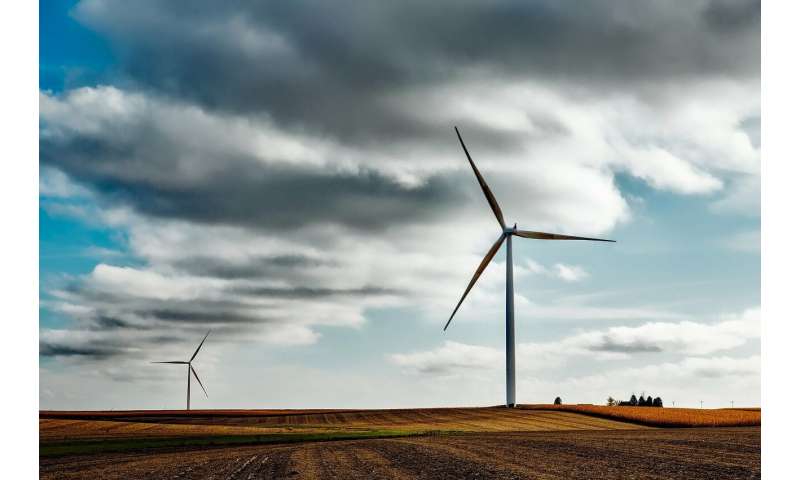
Circular economy can utilise surplus wind power to improve profitability of the entire energy system. This was demonstrated by VTT's new modelling tool that was used to calculate the effects of circular economy in the Åland Islands, where the share of wind power is expected to increase rapidly in the next few years.
As the share of wind and solar power increases, electricity consumption must become more flexible. For example, electric vehicles and heat storages can be charged during peak periods in electricity production, and especially in Åland, there will be enough wind power to sell to the mainland as well in the future. But what is the most profitable option for surplus electricity utilization when considering the area's entire energy system? This question was answered with the help of VTT's new modelling tool. The comparison included biofuel production processes that could utilise local waste and side streams but consume a considerable amount of electricity.
"Our research showed that the profitability of the energy system in the Åland Islands increases if surplus electricity is utilised in circular economy processes, such as converting biogas into synthetic methane, instead of using it for electric cars, district heating and exports. Therefore, investments in the circular economy may encourage investments in wind power, and together they will increase local material circulation and energy self-sufficiency," says VTT's Research Scientist Kirsikka Kiviranta.
Åland was selected as the first modelling site due to its clearly defined geographic borders, but in the future, any municipality, city or even district can be chosen for modelling. The essential thing is to map the material and energy flows in that particular area.
In Åland, the circular economy processes selected for research were biodiesel production utilising waste from the fish industry and the further processing of biogas into synthetic methane. In addition to methane, biogas produced from biowaste contains carbon dioxide, which must be separated from the methane to produce valuable fuel equal to natural gas. However, carbon dioxide can be used to manufacture synthetic methane with hydrogen, but hydrogen production requires a lot of electrical energy. Consequently, the cost and origin of electricity largely determine the profitability and ecological sustainability of the process.
Modelling tool to help with energy choices
In addition to helping cities and businesses make investment decisions, VTT's modelling tool can be applied to calculate hour by hour when electricity should be used in a particular circular economy process and when it is better to take a break. The tool also makes it easy to choose whether the process uses predominantly fossil or renewable electrical energy.
"Alongside these circular economy processes, modelling can be used to determine the profitability and sustainability of any process as part of an energy system based on renewable energy," Kiviranta says.
Citation: Circular economy can improve the profitability of wind power—and vice versa (2020, February 5) retrieved 5 February 2020 from https://techxplore.com/news/2020-02-circular-economy-profitability-powerand-vice.html
This document is subject to copyright. Apart from any fair dealing for the purpose of private study or research, no part may be reproduced without the written permission. The content is provided for information purposes only.
